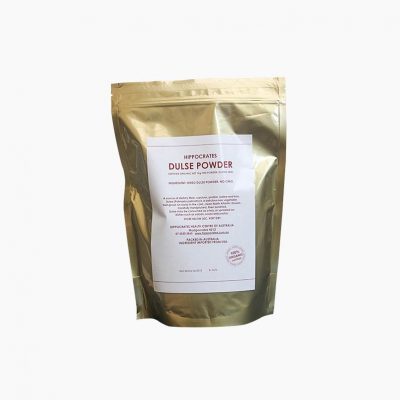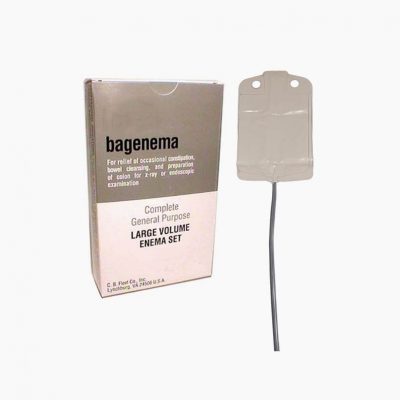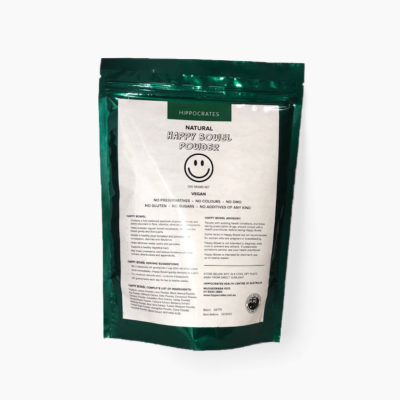GW Pharmaceuticals, a drug company that specializes in cannabis-based pharmaceuticals, has received early approval on a patent covering the use of marijuana chemicals for treating brain cancer.
GW Pharmaceuticals announced in December 2013 that it has been issued a Notice of Allowance from the U.S. Patent Office for a patent application involving the use of THC and CBD, the two main chemicals in marijuana, for treating gliomas.
Once a patent application is deemed a genuine invention, the Patent Office sends a Notice of Allowance that outlines the fees involved with final approval.
Specifically, the company provides this description of the patent:
“The subject patent specifically covers a method for treating glioma in a human using a combination of cannabidiol (CBD) and tetrahydrocannabinol (THC) wherein the cannabinoids are in a ratio of from 1:1 to 1:20 (THC:CBD) with the intent to reduce cell viability, inhibit cell growth or reduce tumor volume.”
Filed in 2009, GW’s patent application lists Otsuka Pharmaceutical as a collaborator and initially claimed the invention of the “use of a combination of cannabinoids in the manufacture of a medicament for use in the treatment of cancer.”
However, it’s likely that the application was revised since then to be more specific in its claims, including the ratio of THC to CBD used and the type of cancer treated.
Indeed, the use of cannabis and cannabis-derived chemicals to fight a wide range of cancers has long been suggested by pre-clinical research as well as anecdotal reports.
On the other hand, the first clinical trial to investigate these cancer treatments only began in November 2013, launched by GW Pharmaceuticals for their cannabis drug Sativex.
The trial investigates Sativex in combination with the standard chemotherapy drug Temozolomide, and involves 20 patients with recurrent glioblastoma multiforme (GBM), an aggressive and rare form of brain cancer.
GW Pharmaceuticals also announced in November that it had begun human trials of a CBD-rich cannabis drug for the treatment of pediatric epilepsy.





